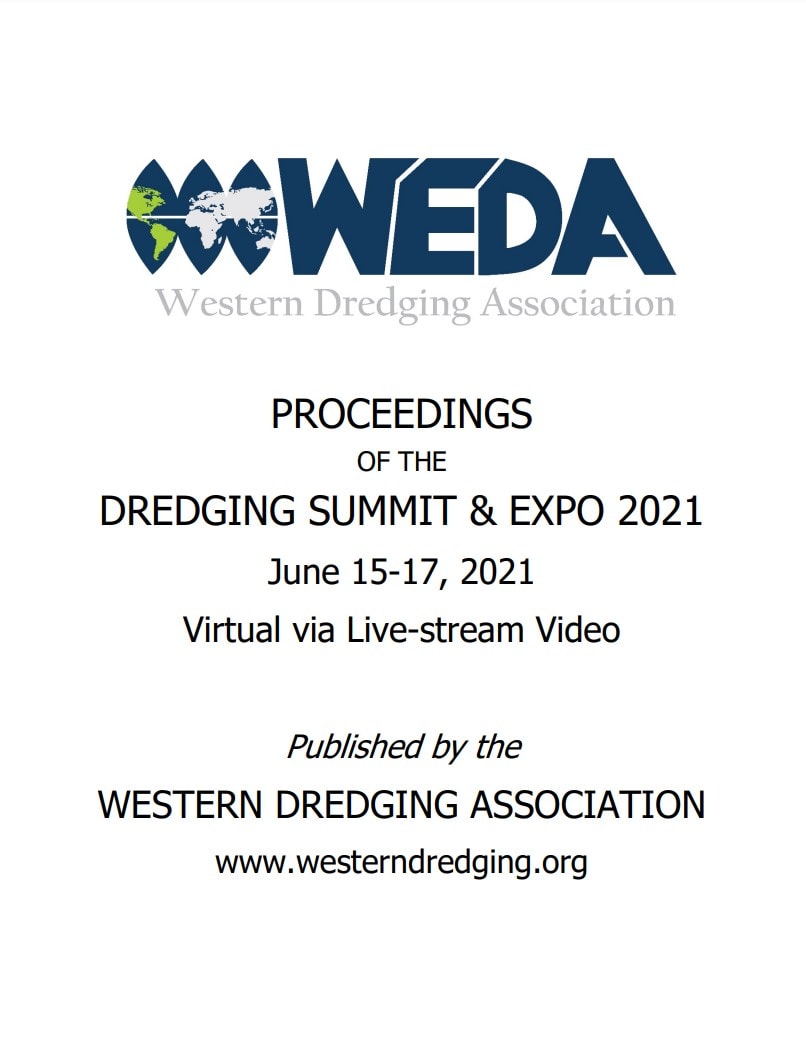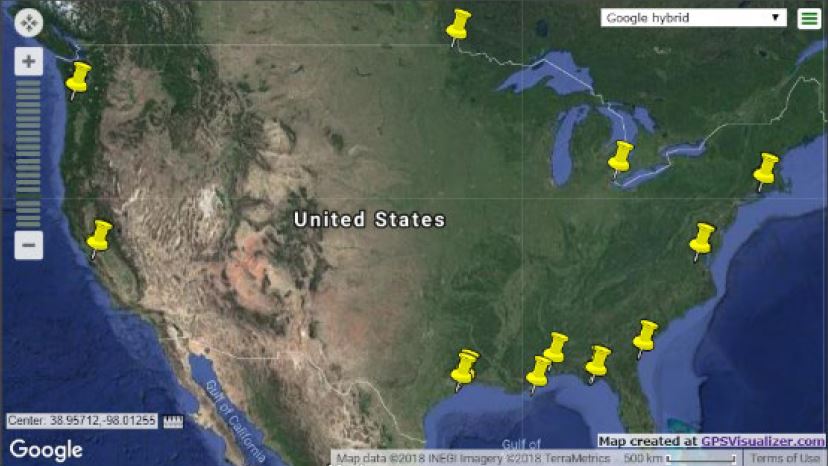The beneficial use (BU) of dredged materials improves environmental outcomes while maximizing navigation benefits and minimizing costs. As a result, numerous BU projects have been implemented since the 1970s and BU efforts continue to expand within the navigation dredging portfolio. Yet, few studies document mid- to long-term project benefits due to a combination of 1) short monitoring timeframes and 2) the paucity of BU sites that have reached maturity since most BU projects were recently constructed. In response we conducted a survey of six historic (>40 years old) BU locations designed to improve habitat, where initial post-construction data was collected. Conditions at natural reference locations were also documented for comparison. This approach allows for an analysis of the long-term success of BU initiatives and the development of BU trajectory curves. Study sites were geographically varied (TX, FL, GA, CT, MI, OR) and incorporated data from coastal marshes, freshwater wetlands, and upland habitats. The current analysis reports on habitat and vegetation communities and compares those results with historic data. Results indicate that the BU projects provide valuable habitat for a variety of species in addition to yielding a number of engineering (e.g., shoreline protection) and other (e.g., water quality) benefits. In general, BU locations evolved into the habitat types targeted during construction. However, the specific habitat assemblages at BU locations often diverged from reference conditions. Most BU sites exhibited more varied habitat distributions than natural reference areas, largely due to construction activities and the establishment of elevation gradients absent from unaltered locations. Experimental plantings conducted post-construction apparently had limited influence on community composition after >40 years of succession, as environmental conditions (elevation, salinity) dictate long term vegetation community dynamics. However, plantings likely play a key role in maintaining the physical stability of recently constructed BU projects and decrease the potential for invasive species establishment. Our findings suggest that establishment of BU success criteria should not over-emphasize replicating reference conditions but should focus on achieving specific ecosystem functions (i.e., energy dissipation) and engineering outcomes (i.e., storm surge reduction). The analysis also highlights the need for additional research into long-term BU project trajectories, especially as new initiatives including Engineering With Nature® continue to expand. The abundance of completed BU projects provides opportunities to conduct chronosequence analysis to document project successes, predict conditions for milestone establishment, and inform the design of future projects to maximize ecological, navigation, and engineering benefits.



